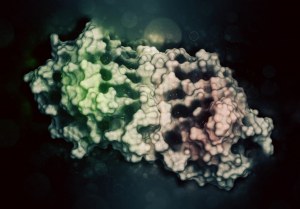Lectins for glycoprotein research

Agarose bound lectins
Lectin affinity chromatography is a simple and widely used technique for the isolation of a variety of glycoconjugates.
This
coupling method provides several advantages over the traditional
cyanogen bromide procedure:
|
Labeled Lectins
Some lectins can tolerate a higher degree of conjugation and still remain fully active, soluble, and retain low nonspecific binding properties, while others cannot. Each of our labelled lectins has an appropriate number of bound fluorochromes or biotins , providing optimum staining characteristics for each lectin. These conjugates are supplied essentially free of unconjugated fluorochromes or biotins, preserved with sodium azide.
Specificity Guide for lectins
| Sugar | Lectin |
| Fucose | AAL, LTL, UEA I |
| Galactose | ACL, ECL, GSL I,Jacalin, MAL I, PNA, RCA I, RCA II, SBA |
| Glucose | Con A, LCA, PSA |
| Mannose | Con A, GNL, HHL, LCA, NPL, PSA |
| N-Acetylgalactosamine | BPL, DBA, GSL I, MPL, RCA I, RCA II, SBA, VVA, WFA |
| N-Acetylglucosamine | DSL, GSL II, LEL, STL, WGA |
| Sialic Acid | MAL II, SNA |
| Complex Structures | PHA-E, PHA-L |

